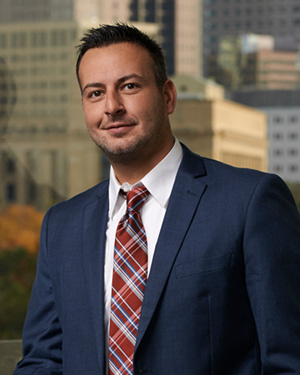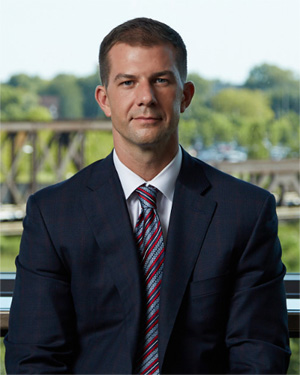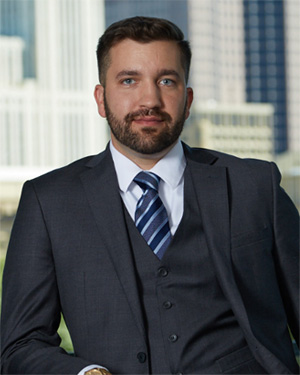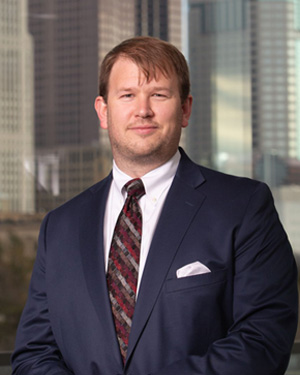Between 1920 and 1933 in the United States, the constitution expressly banned the production, importation, transportation, and sale of all alcoholic beverages. Known as Prohibition, the 18th Amendment was passed in 1920 with a 68 percent supermajority in the House of Representatives and a 76 percent majority in the Senate. Millions of Americans continued to drink alcohol illegally, which led to bootlegging and speakeasies becoming common. The Prohibition-era is known for an uprise in organized crime with lots of competition and violence happening between rival gangs.
The Temperance Movement
Religious revivalism during the 19th century led some religious groups to try to fix issues they saw in society that they believed were due to alcohol consumption. Some communities introduced alcohol bans during this time, and the subject was highly debated among various groups of people. Those in support of Prohibition wanted it to improve both health and public morals. Those in opposition of Prohibition tried to organize against it. However, America’s entry into World War I in 1917 distracted attention away from the opposition, and the opposing groups lost influence. The Volstead Act went into effect on January 17, 1920, and it outlined the types of alcoholic beverages that were banned. Owning and consuming alcohol privately wasn’t illegal under federal law, but many local and state laws banned possession of alcohol outright. Doctors could prescribe whiskey medicinally, and religious use of wine was permissible, too.
During Prohibition
In anticipation of Prohibition beginning in January of 1920, many people began stockpiling alcohol for personal use. Alcohol was still legal in Mexico, Canada, and the Caribbean, so people started smuggling alcohol into the United States after the ban went into effect. Bootlegging also became popular with people making their own illegal alcohol out of ethyl alcohol. People also discovered that if they bought grape juice and let it sit for several weeks, it would develop a significant alcohol content. Distilling alcohol in the bathtub produced what was called bathtub gin in some areas and moonshine in other areas. Underground liquor markets became common as people bought ingredients to make homemade liquor and sold it to others. Criminal gangs also began controlling the supply of alcohol in some cities with hidden distilleries, storage of smuggled or bootlegged alcohol, and transport channels out to speakeasies and retail outlets. Different gangs claimed monopolies of distribution in specific areas, which caused some clashes. Some gangs started cooperating with each other, which led to other criminal activities such as gambling, prostitution, racketeering, and extortion. As crime syndicates gained power, critics began speaking out against Prohibition, because it was having a direct impact on crime, and it was causing a decrease in local revenue.
Repeal of Prohibition
The stock market crashed in 1929, which led to the Great Depression. As the depression dragged on, Prohibition became more unenforceable. President Franklin D. Roosevelt signed the Cullen-Harrison Act in March of 1933, amending the Volstead Act and making it legal to manufacture and sell beer and wine that contained up to 3.2 percent alcohol by volume. On December 5, 1933, Prohibition was officially repealed federally with the ratification of the 21st Amendment. This amendment still allowed state and local governments to maintain prohibition, if desired. Mississippi didn’t end Prohibition until 1966, and some counties in Mississippi are still dry. During Prohibition, cirrhosis declined significantly, and it increased after Prohibition was repealed.
Resources
- 1920s America: Prohibition
- The Building Blocks of Prohibition – Prohibition: An Interactive History
- Unintended Consequences of Prohibition
- Prohibition Facts: A Guide to the US Prohibition Era
- Why the Repeal of Prohibition Actually Made It Harder to Get a Drink
- History of Prohibition
- Alcohol Prohibition Was a Failure: Drinking Alcohol Is Not a Crime
- Did Prohibition Really Work? Alcohol Prohibition as a Public Health Innovation
- Historical Essay: Prohibition
- Prohibition’s History on its 100th Anniversary
- ‘Last Call’: When Prohibition Went Into Effect 100 Years Ago
- 100 Years Later: Do We Think Prohibition Was Good For Our Nation?
- Prohibition: A Case Study of Progressive Reform
- Kansas Historical Society: Prohibition
- Prohibition – The Encyclopedia of Oklahoma History and Culture
- Repeal of Prohibition
- Five Interesting Facts About Prohibition’s End in 1933
- Repeal of Prohibition
- National Repeal Day
- Repeal of Prohibition: End of the Dream That Was National Prohibition
- 80 Years Ago Today We Repealed Alcohol Prohibition, Now It’s Time to End Drug Prohibition
- Economic Effects of Prohibition Repeal
- Prohibition 100th Anniversary: Facts and Timeline of America’s Ban on Alcohol
- The United States of Prohibition Timeline Infographic



















